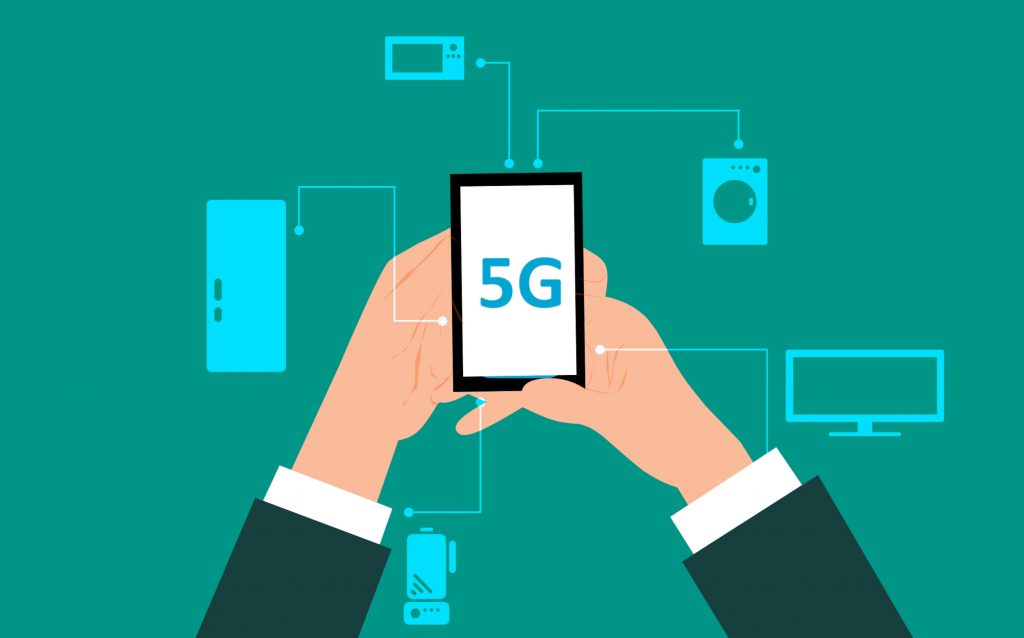It is a fact that we will be exposed to a certain amount of radiation, and we have been for a long time. But the evidence that comes and goes within the framework of these subjects haven’t brought any specific harmful information, that will justify halting of the 5G technology implementation. The electromagnetic radiation used by all mobile technologies has made some of the people worry about the increased health risks, including developing certain types of cancer.
The World Health Organization (WHO) in 2014 stated that ‘no adverse effects have been established as being caused by mobile phone use.’
Scientists say that the most important criterion about whether any particular RFR is dangerous is whether it falls into the category of ionizing or non-ionizing radiation. In other words, any radiation that is non-ionizing is too weak to break chemical bonds.
WHO and IARC have classified all radiofrequency radiation as ‘possibly carcinogenic’. And it has been put in this category because ‘there is evidence that falls short of being conclusive that exposure may cause cancer in humans.’
So, eating pickled vegetables are classed as having the same level of risk. Alcoholic beverages and processed meat are classed as higher risk.
In a study in 2018 by the US Department of Health, both male and female rats were exposed to this type of radiation. The toxicology report expressed safety concerns because male rats exposed to high doses of radiofrequency radiation developed a cancerous tumor in the heart. The rats were exposed to radiation for about nine years ever day and started even before they were born.
No cancer link was found for the female rats. The results also found that rats exposed to the radiation lived longer than those in the control group. One of the scientists stated that this exposure cannot be compared to the exposure humans experience while using their cell phone.
Dr. Frank De Vocht stated that ‘although some of the research suggests a statistical possibility of increased cancer risks for heavy users, the evidence to date for a causal relation is not sufficiently convincing to suggest the need for precautionary action.’
And the radio waveband is non-ionizing, ‘which means it lacks sufficient energy to break apart DNA and cause cellular damage’, states David Robert Grimes, a cancer researcher.
Radio waves are far less energetic than even the visible light we experience every day, he added.
So, there is no reputable evidence that will confirm the health hazards that are a concern for many people throughout the world.

